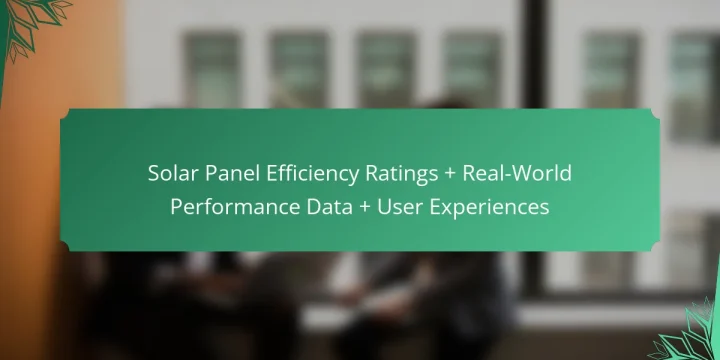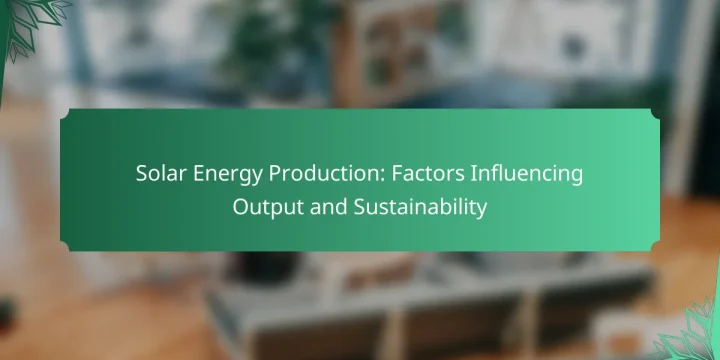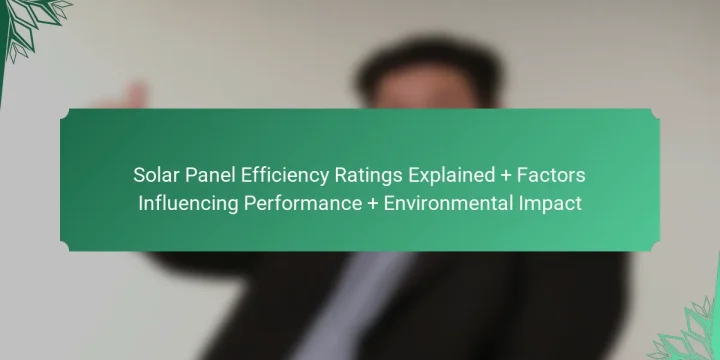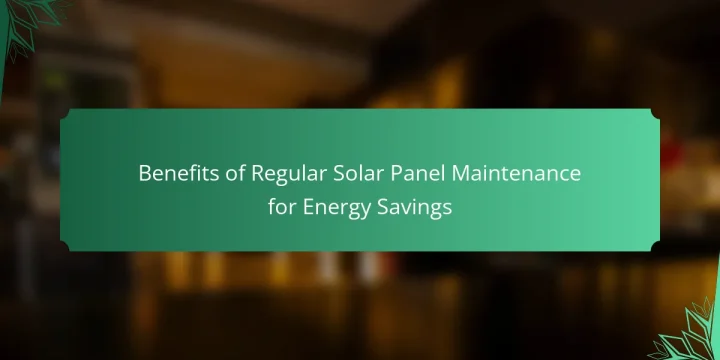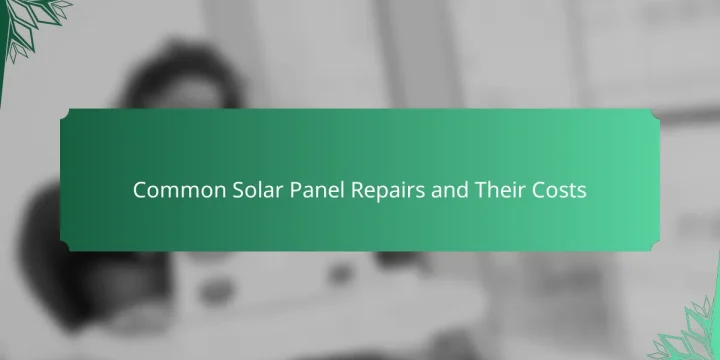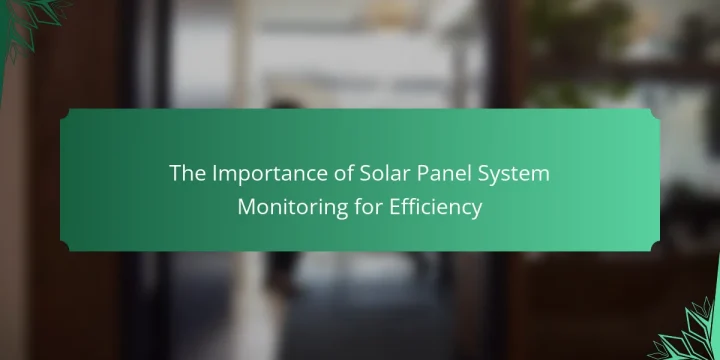
What is Solar Panel System Monitoring? Solar panel system monitoring is the process of tracking the performance of solar energy systems. It involves collecting data on energy production, system efficiency, and operational status. Monitoring helps identify issues such as equipment malfunctions or underperformance. Real-time data allows for timely maintenance and repairs. Effective monitoring can increase the overall efficiency of solar systems. According to the U.S. Department of Energy, regular monitoring can enhance energy production by up to 20%. This data-driven approach ensures optimal functioning and maximizes return on investment. How does Solar Panel System Monitoring work? Solar panel system monitoring works by tracking the performance and efficiency of solar energy systems. It utilizes sensors and software to collect data on energy production and system health. Monitoring systems can detect issues…
